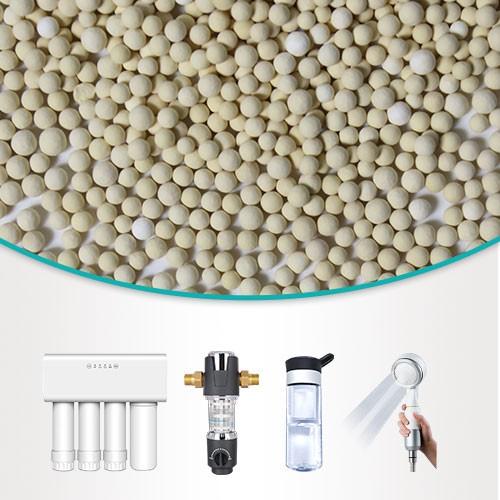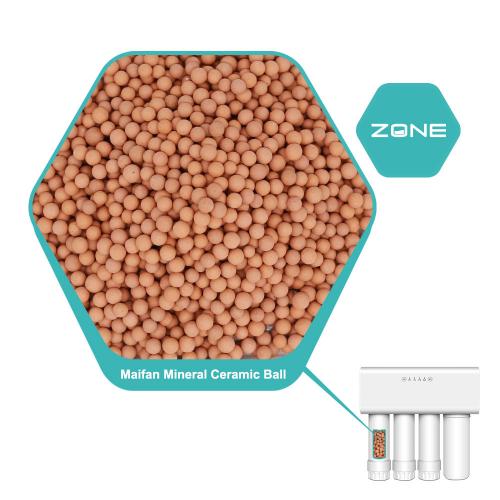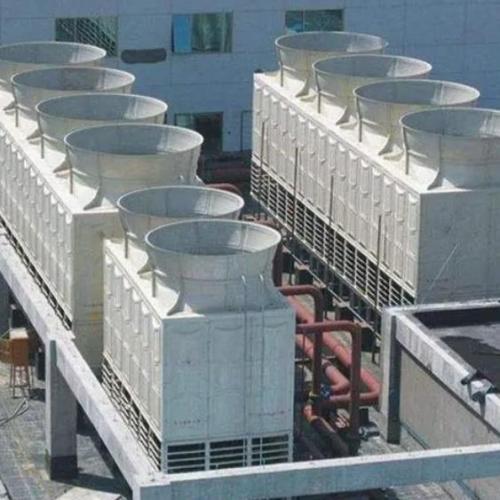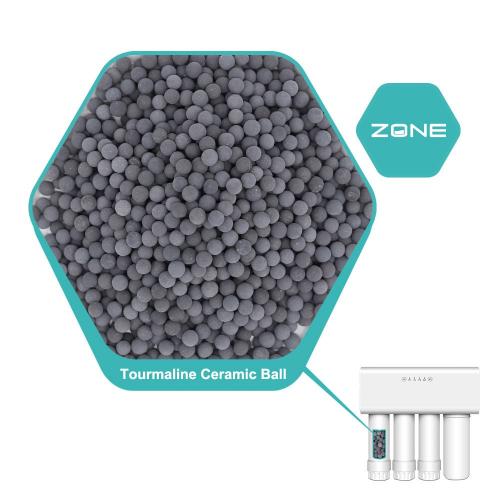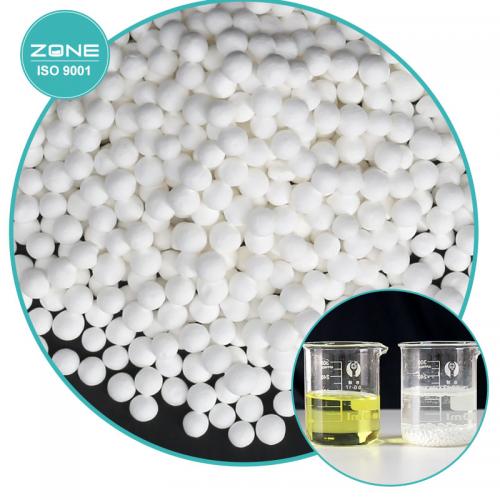The application of ceramic balls in agricultural water treatment
Update time: 23-04-11 Views: 1160
The application of ceramic balls in agricultural water treatment
By Zhao from Onlyzone,a manufacturer of water treatment bio ceramic ball filter media in China
The application of ceramic balls in agricultural water treatment mainly has the following aspects:
- Reduces water hardness and alkalinity. Excessive hardness and alkalinity of water will affect the growth and absorption of crops, resulting in the lack of nutrients and diseases of crops. Ceramic balls can reduce the hardness and alkalinity of water through substitution reactions with metal ions such as calcium and magnesium in water, making water soft and neutral.
- Increase dissolved oxygen and negative ions in water. Dissolved oxygen and negative ions in water play an important role in the respiration and photosynthesis of crops, and can improve the vitality and stress resistance of crops. Ceramic balls can increase the turbulence of water flow, promote the contact between air and water, and increase the dissolved oxygen and negative ions in water.
- Remove harmful substances and impurities from water. There may be some harmful substances and impurities in the water, such as heavy metals, bacteria, weed seeds, etc., which will cause harm to crops. Ceramic balls can remove harmful substances and impurities in water through adsorption, catalysis, oxidation, etc., and improve the cleanliness and safety of water.
- Add beneficial elements and trace elements in water. Crops need to absorb some beneficial elements and trace elements from water, such as potassium, calcium, iron, zinc, etc., to ensure the health and quality of crops. By adding some functional materials containing these elements, ceramic balls can enrich the water with these elements and release them in a form that is easy to absorb.
In summary, ceramic balls have multiple functions in agricultural water treatment, which can effectively improve and optimize the quality of agricultural water, thereby increasing the efficiency and benefits of agricultural production.
